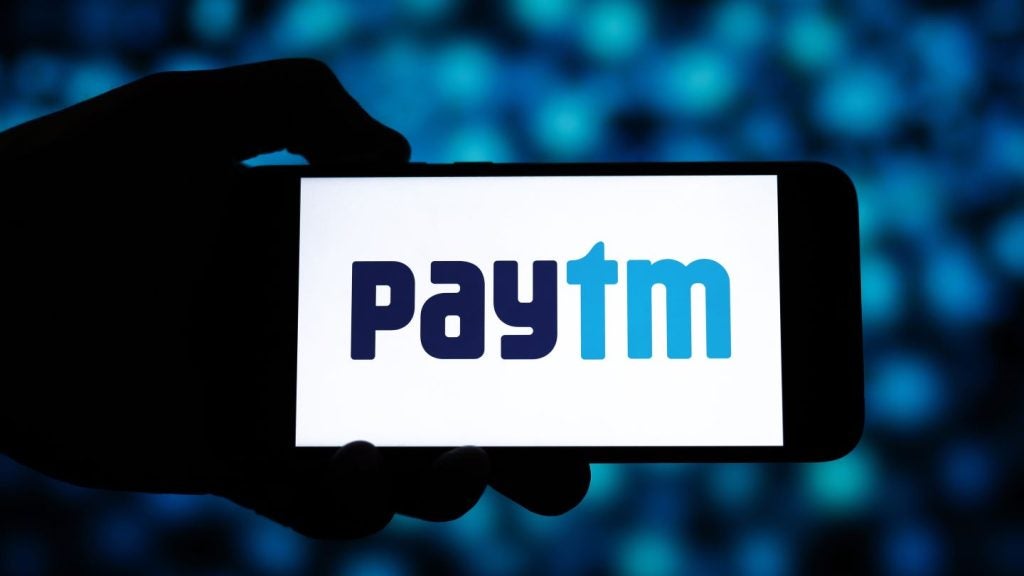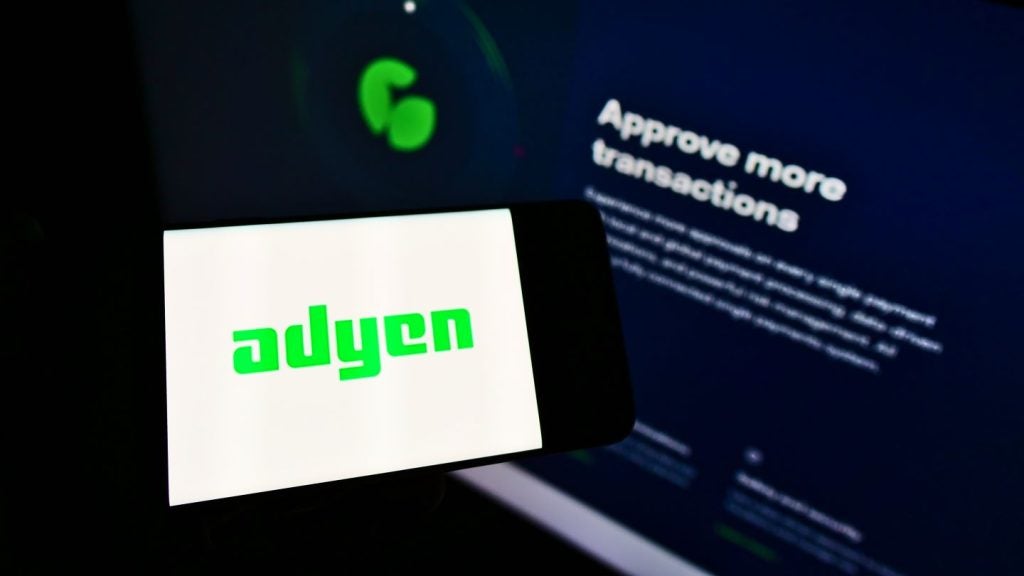
Augmented reality (AR) is no longer the area of interest it used to be for banking and payments firms, but there’s still hope for the technology in marketing, a new report suggests.
GlobalData’s Augmented Reality in Banking report explains that the original use cases for the technology as a standalone tool, such as branch locators for the likes of Barclays and RBC, have mostly shut down due to a lack of interest. It warns that the technology should be used sparingly, as it “can quickly be perceived as “bloatware” unless [it] offer[s] strong utility.”
As it stands, AR is mostly useful for banks in the form of specialised marketing campaigns making use of the inherent capabilities of smartphones, with standalone devices like Apple’s Vision Pro and Microsoft’s HoloLens prohibitively expensive for normal customers.

This has been put to good use, particularly by online-based payments and banking providers such as Revolut. The company partnered with “experiential marketing services” company Sense to launch its luxury “Ultra” card offering in London’s Covent Garden with an AR installation showcasing its benefits.
There are also uses in the sales process itself. AR can provide additional information in physical sales, particularly in real-estate and vehicle finance transactions. The report suggests that, when buying a house, for instance, “walking through each room, consumers could be presented with data on refurbishment costs and timelines and links to recommended builders or e-commerce sites for furniture purchases.”
This specific use case does not appear to have current implementations, but similar applications for auto purchases have found some traction. The report notes: “Capital One added an AR feature to its Auto Navigator app that allows users to turn their camera towards any car and see credentials such as its price, purchasing plans, year of manufacture, and model number.”

US Tariffs are shifting - will you react or anticipate?
Don’t let policy changes catch you off guard. Stay proactive with real-time data and expert analysis.
By GlobalDataAR has also been used to add value to companies’ premium offerings once purchased. For instance, a 2022 collaboration between American Express and Delta Airlines produced a credit card made from the body of a Boeing 747 jet. The packaging for the card featured a QR code – a common way to access AR features – that showcased the history of the aircraft.
Challenges of using AR
One of the challenges for implementing the technology beyond sales and marketing is managing the cybersecurity risks inherent in the technology. Online banking requires a series of authentication methods sent across secure networks, including passcodes, card readers and biometrics.
The technology has been around for long enough that there are clear protocols for banks to follow when deciding what access to share with other providers, which is vital for keeping customer data safe. AR is often developed with third-party suppliers, adding another potential point of intrusion for hackers if the data is not secured to high standards.
“Furthermore,” the report says, “the interactive nature of AR could potentially be exploited to trick users into revealing sensitive information or performing unsafe actions. For instance, a malicious AR application could overlay misleading information or prompts on a user’s view, leading to phishing attacks or other forms of fraud.”
It’s not all bad, however, as, in a GlobalData tech sentiments poll for Q4 2023, half of respondents believed that, although the technology is hyped, it still has uses. A further 21% believed that the technology will live up to all its promises, two points above the 19% who believe that the technology is all hype.








